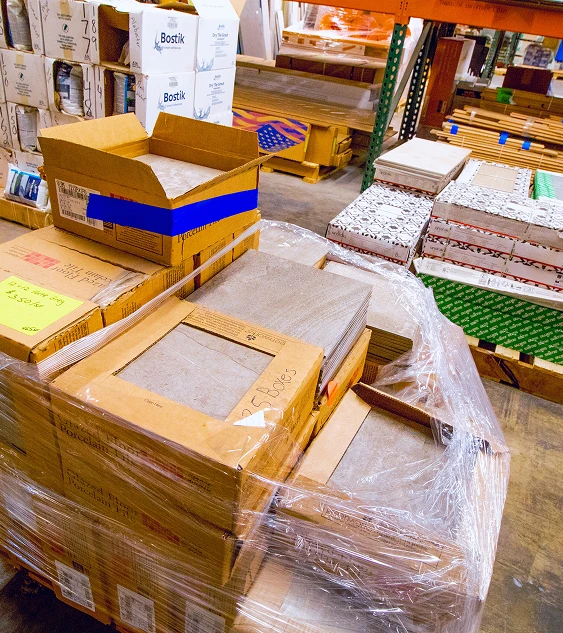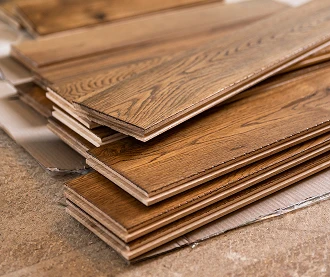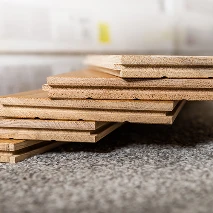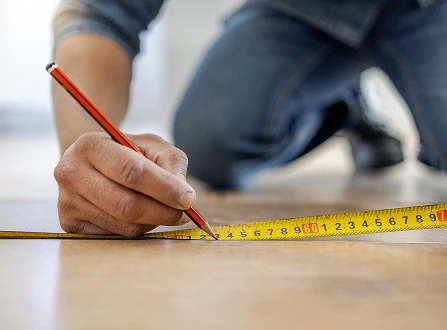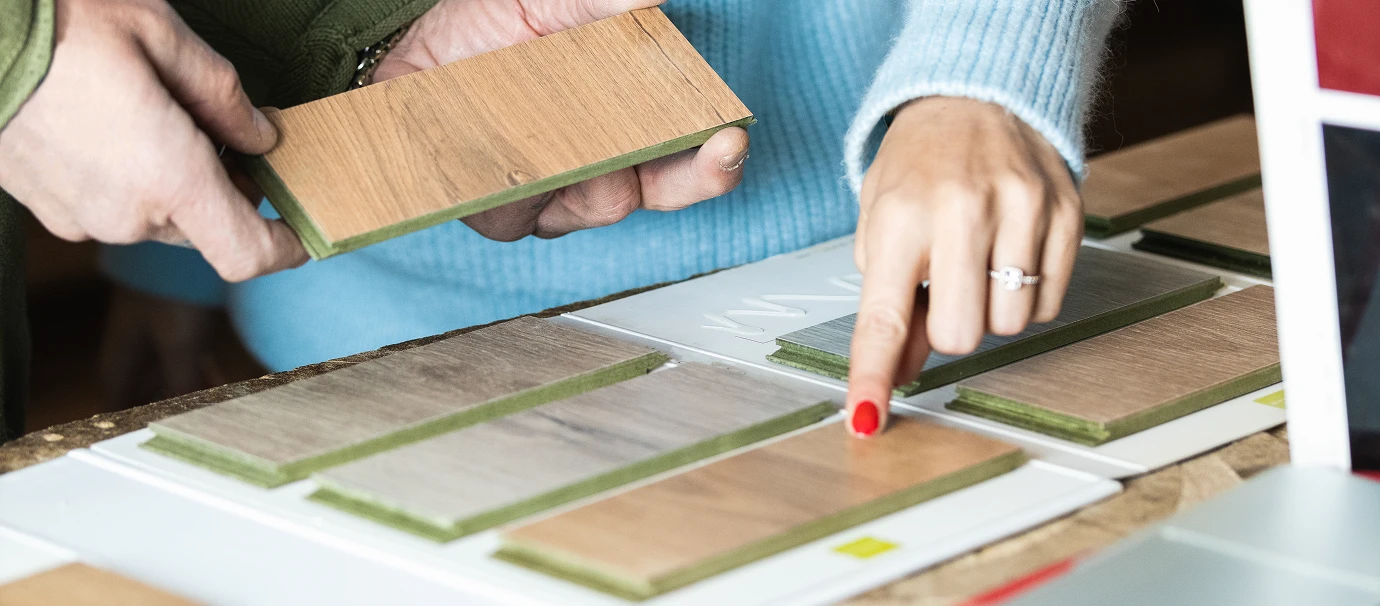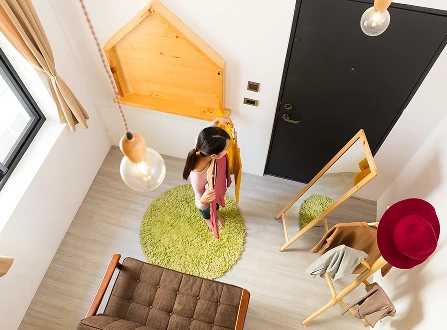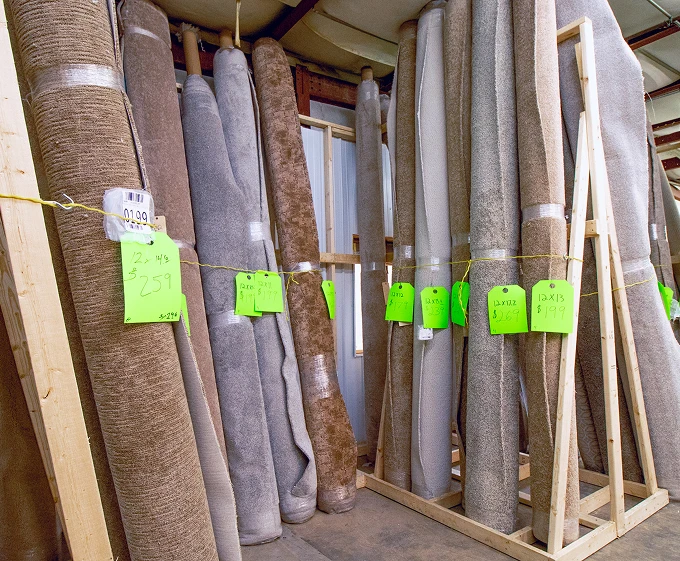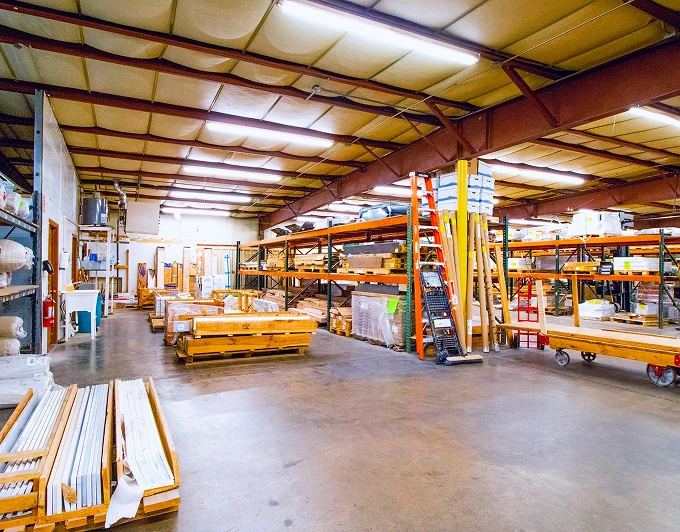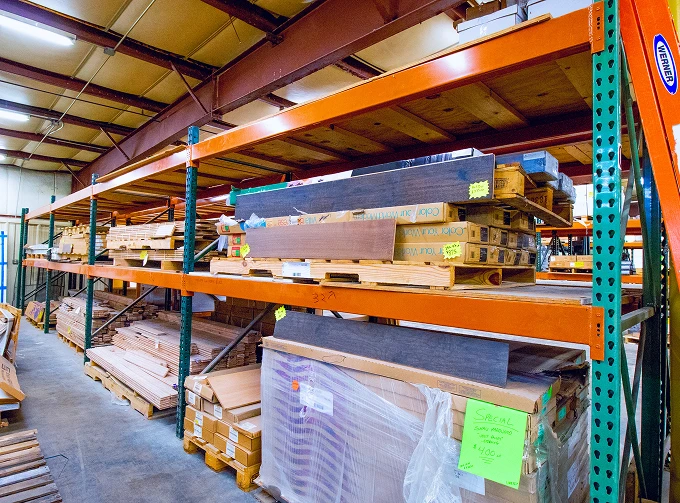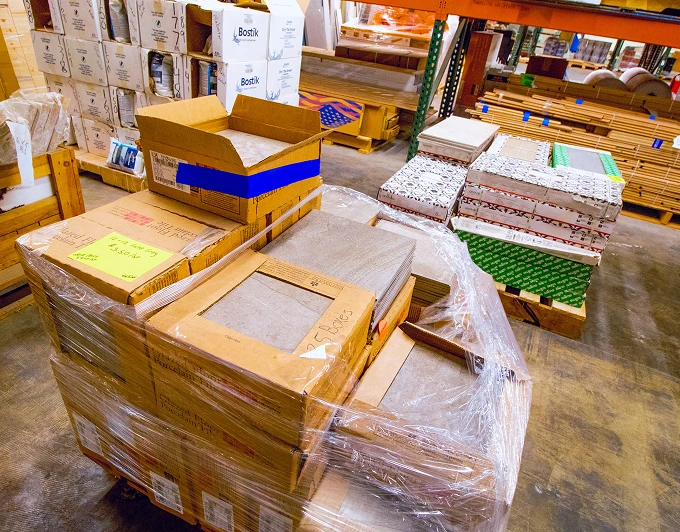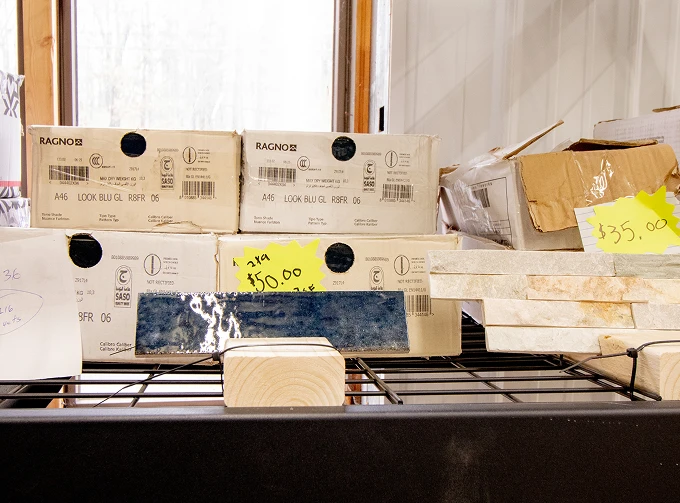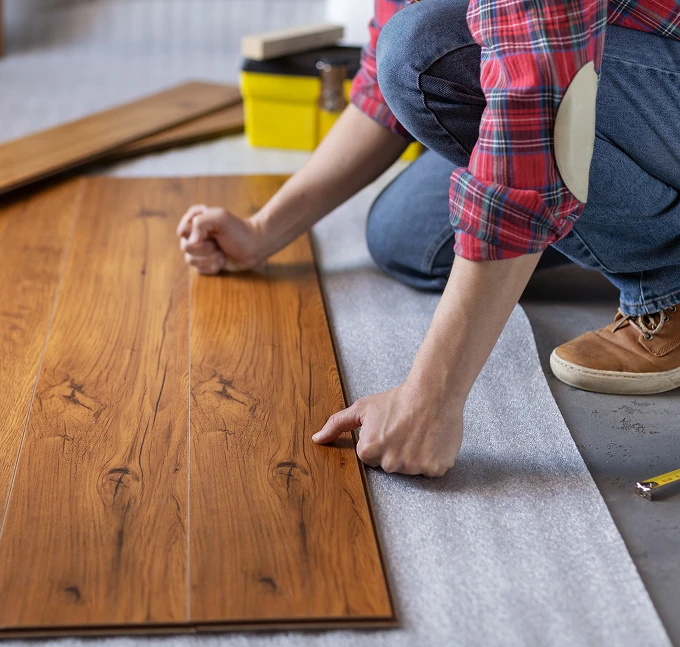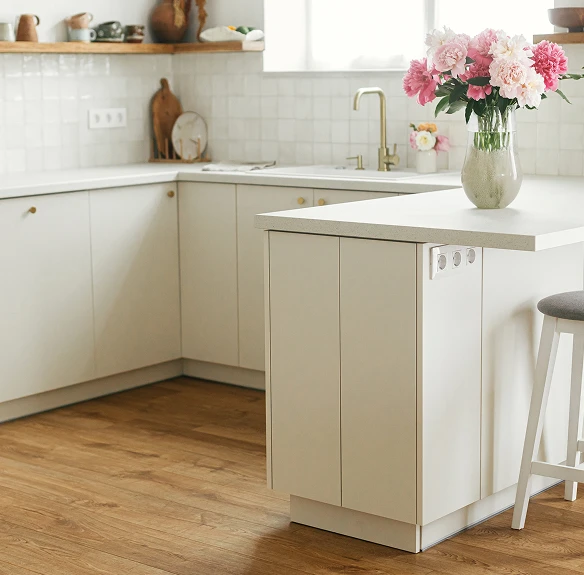Carpet Remnants
When browsing carpet remnants, pay attention to pile height and fiber type. Plush carpets feel soft underfoot but may show footprints more easily. Loop or textured styles hide wear better in high-traffic spaces. Fiber type also matters:
- Nylon is durable and stain-resistant - great for active households
- Polyester offers vibrant color and affordability
- Olefin resists moisture and fading, often used in basements or indoor/outdoor spaces
Also consider if the carpet has built-in stain protection or requires an additional treatment.

